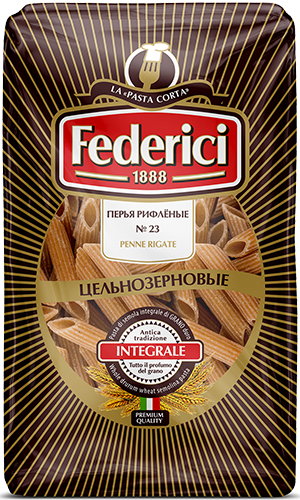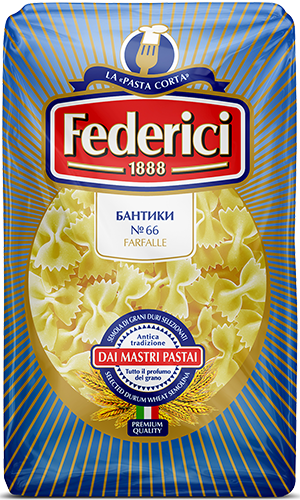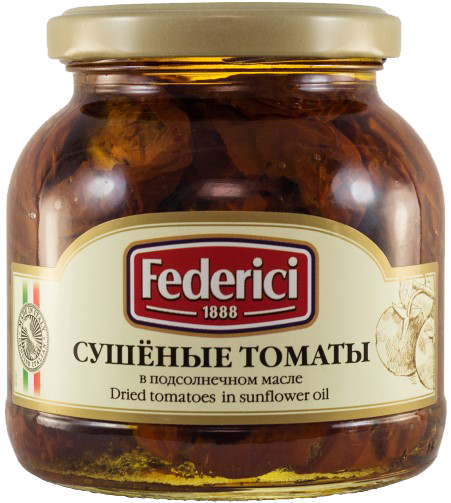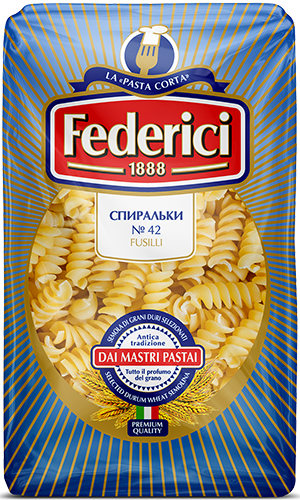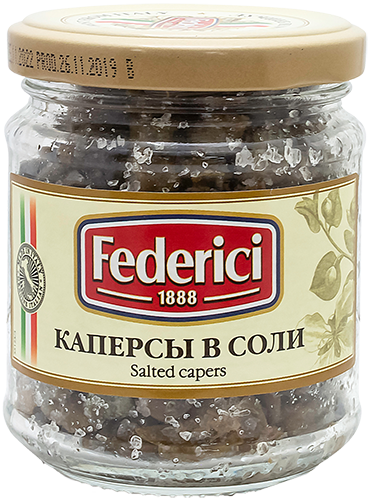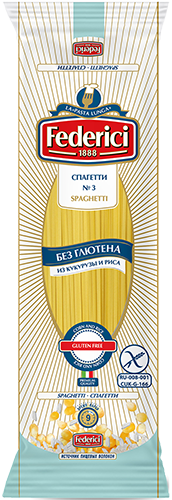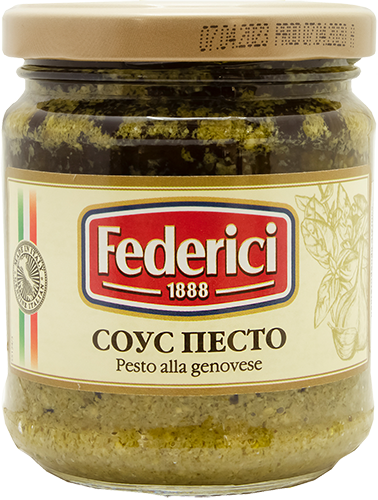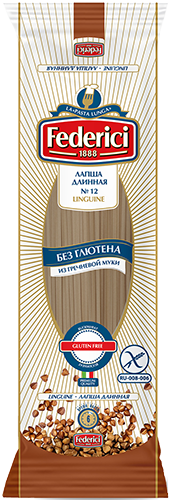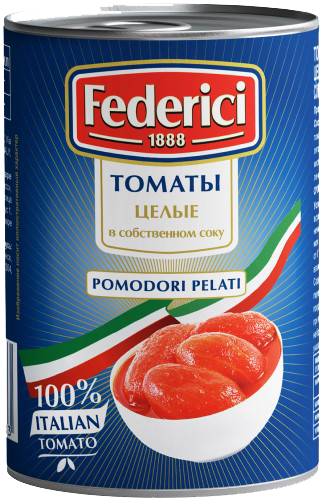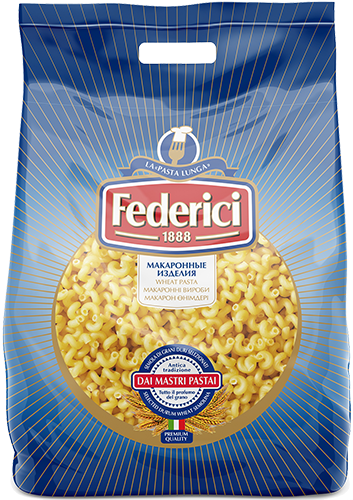


Pasta is one of the most popular and beloved dishes found in various cuisines around the world. It comes in a variety of styles, shapes, and configurations, satisfying a wide range of tastes. Our online store offers a wide selection of pasta, perfect for personal use or as a gift, preparing a delicious dinner for family or guests.
Pasta Types and Their Names
The Federici brand offers a wide range of products made using only high-quality durum, whole-grain, and gluten-free wheat. These pasta varieties pair beautifully with a variety of dishes and ingredients, making them an essential part of everyday and festive menus alike. We offer four basic types of pasta—long, medium, fine, and coarse—which also come in several different shapes and colors.
Long Pasta
This type of pasta comes from the Italian word “spago,” meaning “rope.” In appearance, it looks like rounded strands of dough that resemble thin ropes.
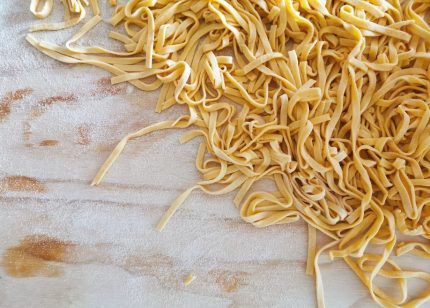
Long pasta comes in several varieties:
- spaghetti;
- linguine;
- fettuccine;
- capellini;
- peciutelle;
- vermicelli;
- ziti;
- lasagna.
Long pasta is served hot with various sauces—mushroom, lemon, cream, tomato-meat, or creamy cheese. A classic serving option is spaghetti with tomato sauce. Some types of long pasta are also used to make broths. Long pasta can be boiled whole or broken in half. In the latter case, the finished dish is usually served with light sauces or vegetable salads.
Long pasta should be cooked for 7 to 12 minutes maximum in a large pot. First, boil a large amount of water, add salt, and only then add the spaghetti. Coarse sea salt is ideal for cooking long pasta. Drain the finished pasta in a colander and allow the water to drain completely.
All the most popular types of pasta and their names are available in our online store. We also offer a wide selection of spaghetti or long pasta, so beloved by true Italians.
Medium Pasta
This type of spaghetti also has the shape of strands, but is shorter. True connoisseurs of this luxurious Italian dish prefer to pair medium pasta with the following foods:
- rich meat sauce;
- vegetable dishes;
- savory fish sauce;
- certain types of fish.
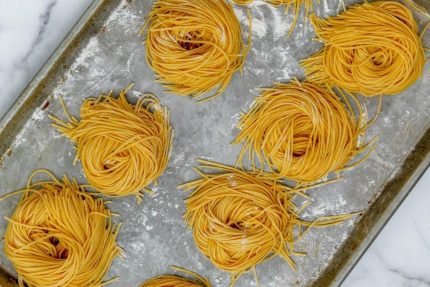 Serve medium pasta hot, thus highlighting the flavors of the sauces. The most popular combination is medium pasta with Bolognese meat sauce, a true Italian pride.
Serve medium pasta hot, thus highlighting the flavors of the sauces. The most popular combination is medium pasta with Bolognese meat sauce, a true Italian pride.
Medium pasta can be shaped into flat ribbons, which can be served in nests. Cooking this type of spaghetti doesn’t take long – it should be boiled for a maximum of 10 minutes in a simmering pan. Salt the water beforehand, before adding the spaghetti. You can tell if the dish is ready by breaking one of the strands – if it breaks softly and without a distinctive crunch, the pasta is ready and ready to be removed from the pan.
Small Pasta
The correct names and types of small pasta are known not only to true Italians, but also to true connoisseurs of this luxurious dish. Small pasta, the general name for small pasta, is just as popular as the previous two types.
One of the main characteristics of small pasta is its pointed ends, which visually resemble a fountain pen.
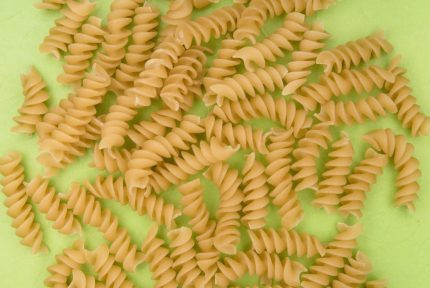 Thanks to their smooth texture, these pastas pair beautifully with almost any type of sauce:
Thanks to their smooth texture, these pastas pair beautifully with almost any type of sauce:
- meat;
- cheese;
- tomato;
- cream;
- mushroom.
Traditionally, small pasta is eaten with seafood and various types of fish, served hot or warm.
Small, curly pasta is divided into three main types:
- fusilli;
- cavatappi;
- rotini.
Small, hollow pasta includes varieties such as ditali, penne, rigatoni, paccheri, and others. We also offer several types of short, shaped pasta.
It is recommended to cook small pasta in salted water for about 5-6 minutes maximum, dropping the pasta into the boiling liquid. The pot for cooking pasta should be spacious and appropriately sized—not too large, but not too small either. Pasta expands during cooking, meaning it will need plenty of headroom while cooking.
Large Pasta
Larger pasta sizes also have their own charm and unique shapes. Large pasta is both a standalone item and an essential ingredient in sophisticated dishes.
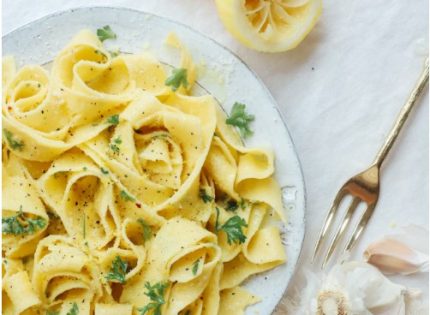
Various types of large pasta are used for stuffing other ingredients. For example, the following can be added to the filling:
- ham;
- chicken;
- ground meat;
- shellfish;
- cottage cheese;
- spinach;
- cheese (for example, Parmesan or ricotta).
Meat, cheese, or mushroom sauces are excellent for dressing. Large pasta pairs deliciously with olives, grated cheese, and tomato sauce, as well as sage and butter. This type of pasta can be not only boiled but also deep-fried. When stuffed, pasta can be shaped like a crescent or small dumplings.
Cook these pastas for no longer than 12 minutes to prevent overcooking and maintain their attractive appearance.
Unlike most types of small pasta, large pasta cooks for no more than 10 minutes. This cooking time is essential to prevent overcooking and maintain their attractive appearance.
Before boiling, stir the pasta thoroughly several times, and it’s best to remove the lid from the pan during cooking. Rinse the pasta with hot running water; rinsing in cold water can cause the finished pasta to stick together.
We offer many types of pasta and macaroni that use special food coloring. These colors give the pasta its distinctive red, green, yellow, or orange color. These colorings include:
- spinach;
- squid ink;
- eggs;
- beets;
- pumpkin.
The myth that eating pasta makes you fat is completely untrue. Even regular consumption of durum wheat pasta won’t harm your figure. The key is to pair it correctly with other foods and ingredients—olive oil, herbs, spices, and wine. Whether you’re looking for long, medium, fine, or coarse pasta, you’ll be pleasantly surprised by the selection in our online store, and the variety of shapes, colors, and textures will ensure you’re sure to find your long-awaited and delicious purchase.
Our products
Мы стремимся предложить Вам наилучший сервис при работе с нашим сайтом. Для этого мы собираем и храним информацию о Вашем посещении сайта. Так называемые cookies. Файлы cookies не собирают и не хранят никакую личную информацию о Вас. Используя этот сайт, Вы даете согласие на использование cookies. На данном этапе Вы можете отказаться от использования cookies, настроив необходимые параметры в своем браузере.
